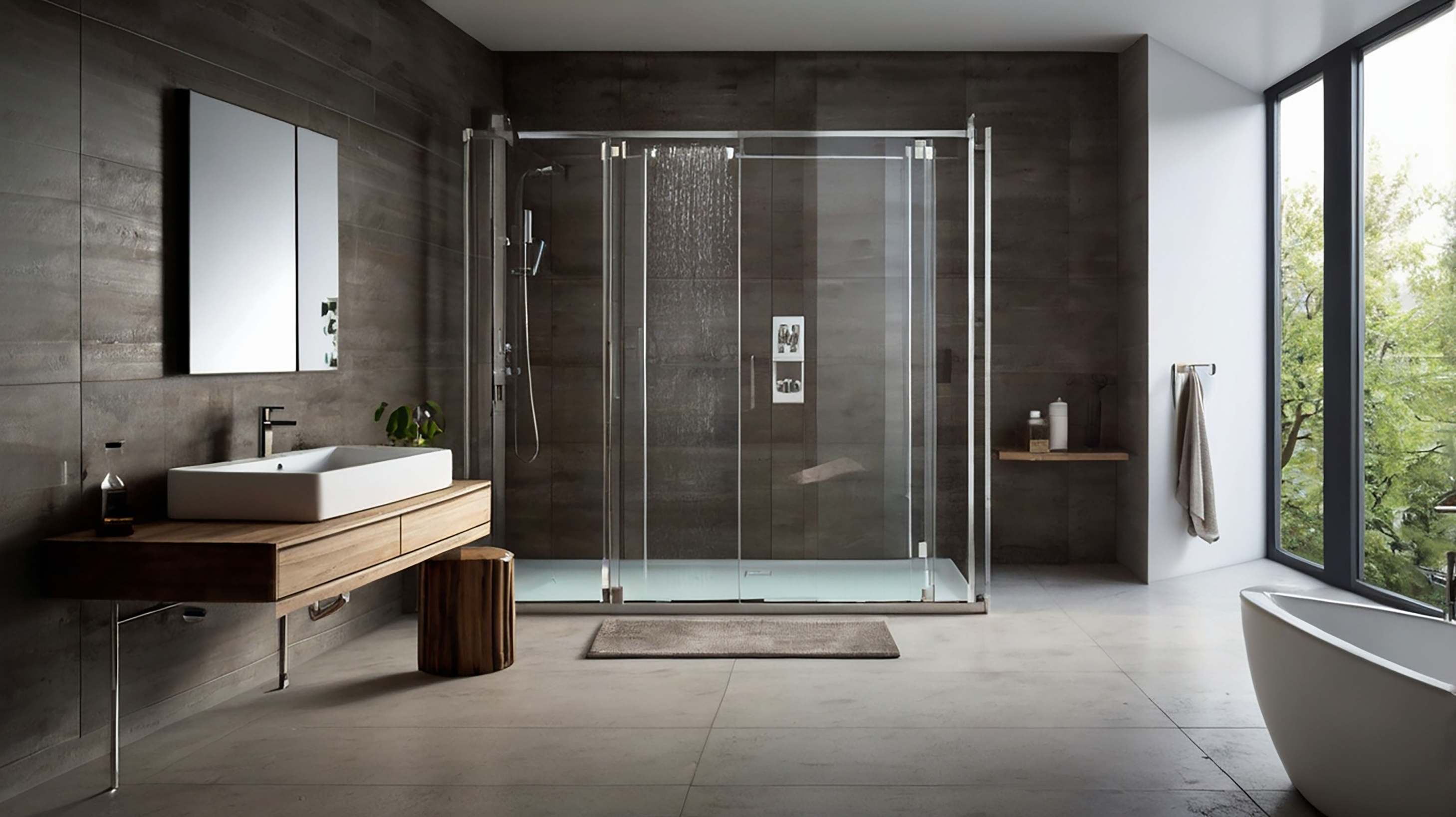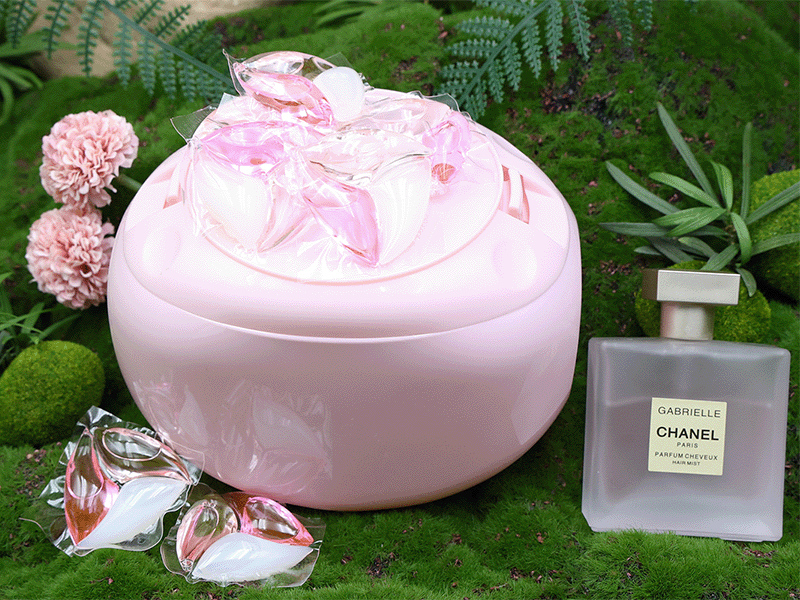In an era where diversity and inclusivity are increasingly valued, the concept of designing interiors that cater to all ages and abilities is gaining prominence. As populations age and lifespans lengthen, there is a growing need to create living spaces that are not only aesthetically pleasing but also functional and accommodating for individuals of all generations. This shift has prompted a reimagining of home decor, with a particular focus on integrating elderly-friendly furniture seamlessly into modern interior design.
What is inclusive interior design, and why is it important?
Inclusive interior design focuses on creating living spaces that accommodate individuals of all ages, abilities, and backgrounds. It is essential because it promotes accessibility, safety, and comfort for everyone, regardless of their physical or cognitive limitations.
How can elderly-friendly furniture enhance the quality of life for aging individuals?
Elderly-friendly furniture is designed with ergonomic principles in mind, offering features such as adjustable height, supportive cushions, and easy-to-reach storage. By prioritizing comfort and accessibility, this furniture can reduce physical strain, enhance mobility, and promote independence for aging individuals.
What are some key design considerations when incorporating elderly-friendly furniture into modern home decor?
Design considerations include seat height, cushioning, armrests, back support, and overall accessibility. Furniture pieces should be easy to use, comfortable, and safe for individuals with varying levels of mobility and physical ability.






